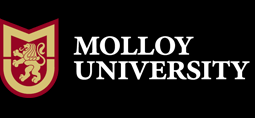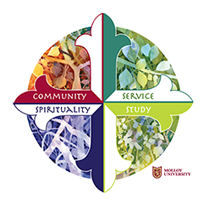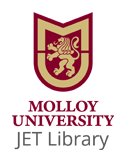Date of Award
12-2024
Document Type
Dissertation
Selected Creative Commons License

This work is licensed under a Creative Commons Attribution-NonCommercial-No Derivative Works 4.0 International License.
Degree Name
Doctor of Philosophy (Ph.D.) Nursing
Department
Nursing
School
School of Nursing and Health Sciences
Abstract
The coronavirus 2 (SARS-CoV-2) and the subsequent pandemic transformed the healthcare delivery system in the U.S. Telemedicine became an essential mode of healthcare, and its usage increased significantly during the public health emergency. Telemedicine improved access to care, especially for vulnerable patient populations and those with chronic medical conditions. There were many other benefits, including convenience, cost savings, and reduced coronavirus transmission. It also reduced the strain on healthcare facilities and overburdened healthcare providers. A qualitative, Heideggerian phenomenological method of inquiry was conducted to understand the experience of the older adult population utilizing telemedicine services. These methods included a description of the individual’s experiences through audio-video interviews through Zoom®. A purposeful snowballing sampling technique was used for recruitment. Participants aged 65 or older who had utilized at least one telemedicine service from home in the past three years were recruited. One grand tour question was asked: Can you tell me about your experience using telemedicine services? Additional open-ended questions and probes were used to assist participants in describing their experiences. This study described older adults’ experiences when utilizing telemedicine from their homes. It identified the satisfaction and usefulness of this mode of healthcare delivery. In addition, the participants described the barriers they encountered when using the various types of telemedicine technology. The interviews were conducted and recorded via Zoom® and Otter.ai® and then transcribed by Otter.ai® in real-time. The text was available immediately afterward. The data and interpretation were analyzed using van Manen’s approach. NVivo® software was used to organize and code the data. Understanding their experience helped inform how telemedicine can be provided in a manner that meets the older adult’s needs.
Related Pillar(s)
Study
Recommended Citation
Cahill, Cathy Anne, "The Lived Experience of Older Adults Using Telemedicine Services" (2024). Theses & Dissertations. 205.
https://digitalcommons.molloy.edu/etd/205



